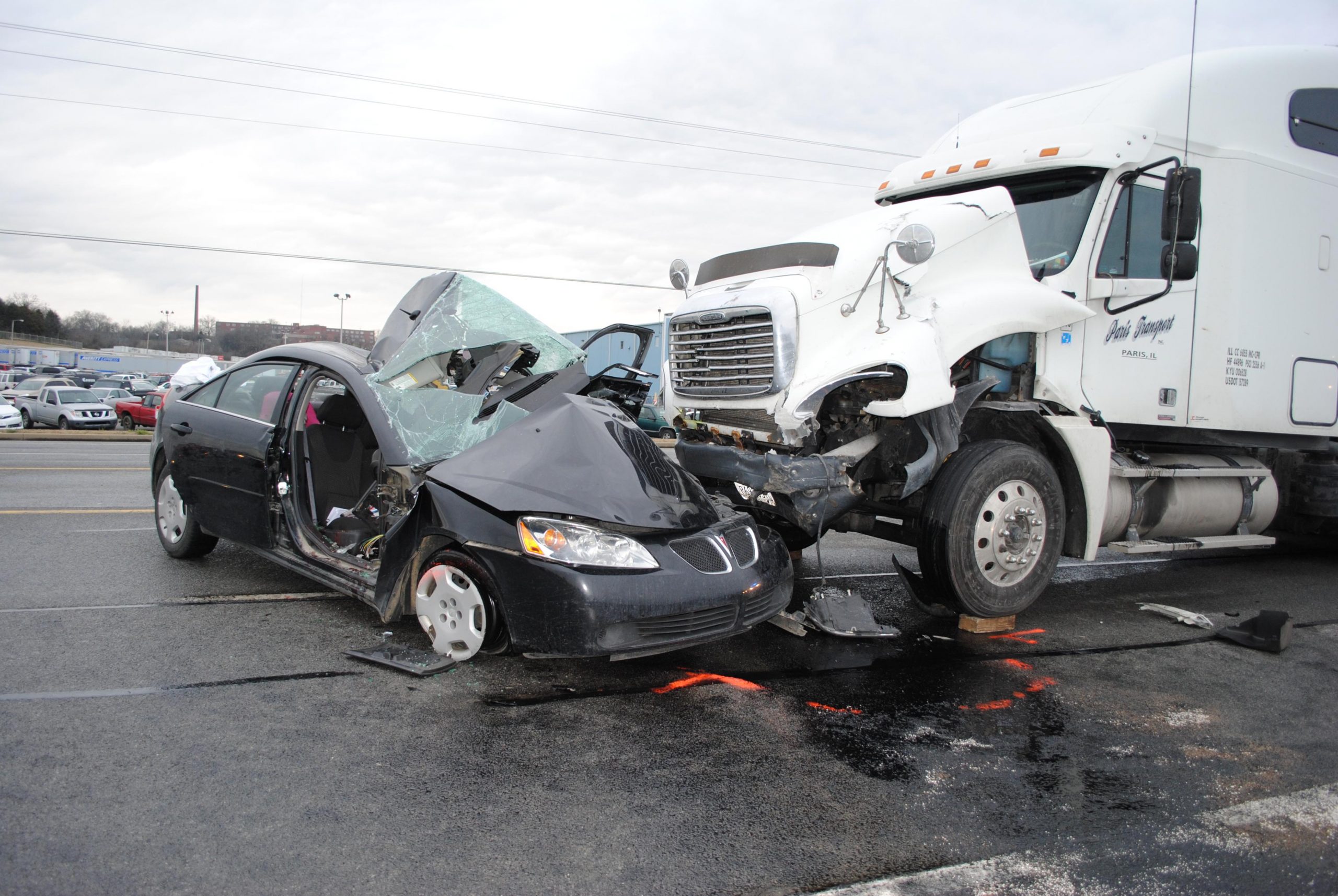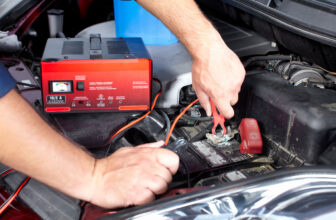
On the road, commercial trucks command attention from drivers near and far. Because of their menacingly large size, these rulers of the road can cause devastating accidents through brute force, scrunching the hunk of metal that is your vehicle and claiming the lives of thousands.
Unfortunately, the commercial truck’s intimidation factor isn’t enough to ward off roadside catastrophes. Drivers often make mistakes when driving near large trucks, and despite their driver’s best effort, they might be involved in an accident.
Fortunately, the experts at Schwartzapfel Lawyers can help truck drivers with legal issues that arise from driving accidents. According to reputable trucking accident attorneys, trucking-related incidents account for 10% of motor vehicle accidents in cities like New York City.
With these startling and core shaking statics in mind, drivers need to think ahead and obey the rules of the road. Though truck drivers have a better chance of surviving devastating accidents, they can still be severely injured. Rest assured, once the shards of windshield glass settle, legal experts can help drivers maximize compensation and protect their financial futures.
However, to avoid devastating trucking accidents in the first place, consider the tips and tricks below.
Table of Contents
1. Be aware of blind spots

img source: inc.com
When driving, know your blind spots and those of other drivers. Truck drivers have significant blind spots where smaller vehicles disappear. Drivers should only pass trucks on the truck’s left side. While navigating around a large truck, drivers need to be aware of four different zones:
- The first half of the left side of the truck and trailer
- 20 feet in front of the truck
- 30 feet behind the truck
- The entire right side of the truck
The quickest way to determine if a truck driver can see your vehicle, look for the driver’s face in the side mirrors. To be safe, pass the truck as quickly as possible rather than driving alongside the truck. Whatever you do, don’t tailgate a commercial truck, and always drive at a safe speed to ensure proper following distances.
2. Pass with caution and determination
The best way to avoid trucking accidents is to these four-wheeled threats altogether. Commercial trucks cannot stop quickly, simply because of physics. Trucks are not nimble, so these truck drivers will need extra time to maneuver and swerve out of the way.
While on the road, remembering that commercial trucks and passenger vehicles handle, accelerate, and brake differently is of critical importance. Trucks often increase or decrease speed while going downhill or uphill, so passenger drivers should stay out of their way.
When you are planning on passing a truck, do it on the left side. One of the most dangerous times to pass a commercial truck is merging from a highway entrance on the left. To avoid these roadside disasters, give the truck enough space to travel to the right-most lane. Do not pass it on the right, as it might not see you, and you could become involved in a high-speed, devastating accident.
When passing a commercial truck, use your turn signals when moving into different lanes. After passing the truck, do not move back into the right lane until you can see the driver’s face in your rearview mirror.
If you are in the right lane and a truck passes you, give the driver room to get around you. After this maneuver is complete, the truck driver on the right flashes the bright lights to indicate that the passing truck has room to move back to the right lane. Car drivers can do the same to help the truck driver move safely into the right lane.
3. Be respectful of truck driver’s need for space

img source: wallgroup.com
Never encroach on a commercial truck’s bumper. Like passenger vehicles, trucks can run into unexpected roadblocks, but the issues they can cause are all the more devastating.
Unfamiliar with the damage a commercial truck can inflict? Review the worst-case scenarios below.
- If a truck has a tire blowout, large pieces could hit your windshield. You might also drive over tire scraps that can damage your vehicle’s body.
- When trucks have to brake suddenly, you might not have room to stop. Your vehicle could end up under the trailer, or the trailer might tip on your car.
- Trucks often struggle with rollovers in excessive winds.
- Trucks and passenger cars have the same problems with their tires slipping on icy and wet roads.
Trucks need room to turn, especially when making right turns. Some trucks even require two full lanes to turn. With those space demands in mind, never try to sneak around these commercial trucks. If you follow a commercial truck, give the driver at least four seconds’ worth of following distance.
4. Let the truck pass you
If a truck wants to pass you, let it. Once a truck driver has committed to the left lane to maneuver around your slower vehicle, reign in your lead foot and gently pump the brakes. Truck drivers aren’t in the business of drag racing, especially while on the clock. That said, don’t make a fuss when signaling that they’re ready to merge back to the right lane.
After the truck has passed you, decide a plan of action and avoid hesitating mid-maneuver. If you are going to pass the commercial truck, proceed accordingly and maintain a speed that keeps you safely ahead of it. Don’t slow down to force the driver to slam on their brakes or switch lanes in the interest of safety. Remember, it’s challenging enough for trucks to pass passenger vehicles, so drivers will cringe at the thought of accelerating past the same car twice.
When a truck pulls into the left lane, it usually is traveling at a slower rate of speed than other passenger vehicles. Those vehicles have to slow down, which creates backups in the left lane. In all states, the left lane is the passing lane, and when trucks have to use it, nearby drivers have to adjust.
Being courteous to drivers helps prevent accidents, especially when on highways.
5. Stop distracting yourself

img source: geotab.com
To steer clear of accidents with trucks and other passenger vehicles, avoid rubbernecking and self-inflicted, on-the-road distractions. Every moment your eyes are off the road, you are putting yourself and others in danger.
To keep your vehicle out of harm’s way, stow your smartphone away while operating a vehicle. Additionally, be sure to put on your makeup before you hit the road or when you arrive at your destination, not mid-traffic jam. As a final act of caution, prepare your navigation system before departing and save text messages sent in transit for when you arrive at your final destination.
While a makeup touch-up in bumper-to-bumper traffic may seem harmless, many devastating accidents between cars and trucks originate with drivers who are distracted.
Wrap up
If you want to avoid devastating trucking accidents, be self-aware and safety-oriented. Being a courteous driver who knows the limitations of commercial trucks can help keep you and other drivers safe. To remain accident-free, don’t use your smartphone while on the road, and give truck drivers the room they need to maneuver, accelerate, and brake. Otherwise, you may find yourself entangled in a life-altering pile-up.







